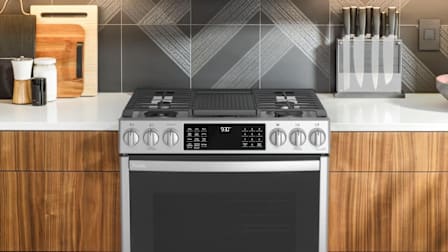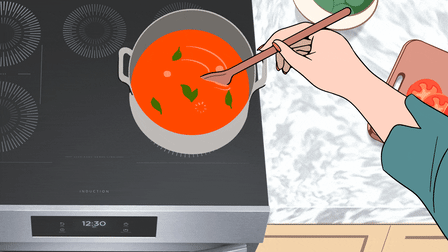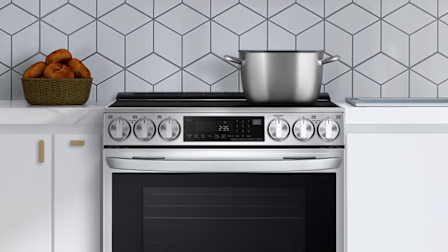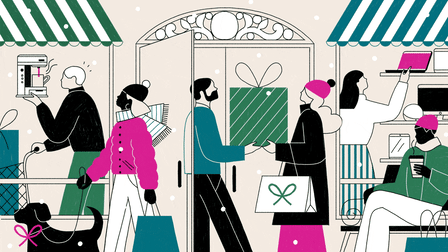When to Use Your Oven's Convection Function
Convection doesn't guarantee better baking. CR's experts reveal when the setting works—and when it doesn't.
When you shop through retailer links on our site, we may earn affiliate commissions. 100% of the fees we collect are used to support our nonprofit mission. Learn more.
Many newer ranges and wall ovens offer a convection setting, typically with two modes: baking and roasting. When you turn on either of these modes, one or more fans inside the oven cavity circulate hot air while your food cooks.
Certain ovens also have an extra heating element, often dubbed “true” convection. Manufacturers claim this helps to heat and brown food more evenly, and can reduce the overall cooking time.
But in practice, that’s not always the case. “The success of convection baking in our tests is hit or miss,” says Tara Casaregola, Consumer Reports’ test engineer for ranges and wall ovens. “Some ovens, such as the LG LRG3193ST gas range, do better with convection baking mode turned on, but others do best simply on the conventional bake setting.” Casaregola adds that in some cases, the same oven might convection-bake beautiful cookies but still botch a cake.
More Models With Convection Function
These three tested appliances have a convection capability. See our full ratings for wall ovens and ranges for more options.
Editor’s Note: This article also appeared in the December 2019 issue of Consumer Reports magazine.





























